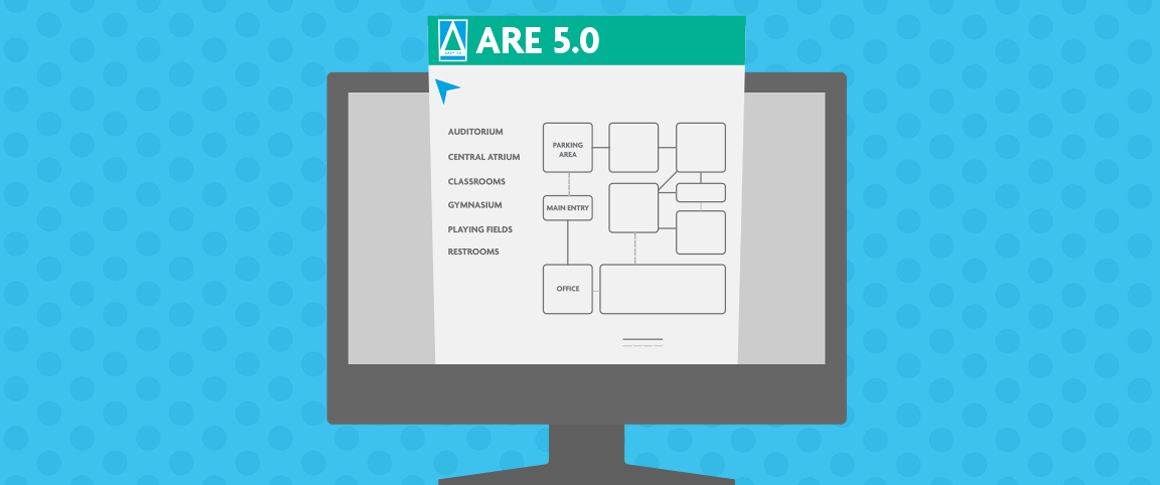When we talk about the Architect Registration Examination® (ARE®) 5.0, we often discuss the amount of questions you’ll encounter, how many of those questions are a part of case studies, and how long you’ll have to test. But did you know there are three different types of questions within the exam? In the testing world, questions are called items. And on ARE 5.0, you should be prepared for these item types: multiple choice, check-all-that-apply, and hotspots. Each of these item types are used in both the stand-alone (or discrete) and case study portions of the exam.
Let’s take a closer look at why these item types are used, plus some tips to keep in mind while testing.
Multiple-choice (MC)
Multiple-choice is probably the most familiar type of question seen on any exam, ARE or not. A multiple-choice item is composed of a question followed by three or four response options and is used when there is only one correct response for the question being asked.
Tip: While taking the exam, you can use the strikethrough tool to cross out incorrect responses. The highlight tool can also help easily identify key elements in the question and/or options.
Check-all-that-apply (CATA)
A check-all-that-apply item is similar to a multiple-choice item, except it allows you to select multiple responses out of six response options. CATA items are used when a question can be answered in more than one way or when multiple pieces of information are used together to answer a question.
Tip: Keep in mind, all correct response options must be selected in order to answer the item correctly, so pay close attention to cues that indicate the number of correct responses, such as “check the three that apply.”
Hotspot (HS)
A hotspot contains a question followed by a drawing, photograph, diagram, or other image. This item type is used for the same reason architects produce drawings—sometimes it’s easier to present information graphically! To answer the question, click on the appropriate location in the image provided. If your response is within the acceptable scoring area, it will be scored as correct.
Tip: The acceptable scoring area always has built-in tolerance, so you don’t need to worry about lining up the hotspot marker to an exact pixel. There is also no limit to the number of clicks you can make when attempting to identify the correct location in an image. You’ll be able to change your response by simply clicking on a different location in the image. The item will save your last click when you move on to the next question.
Putting It All Together
Now that you know the item types you can expect to see on ARE 5.0 and why they’re used on the exam, we recommend checking out the free practice exams in your NCARB Record to test them out.
Editor's Note: This blog was updated in April 2025 to reference the latest item types.
